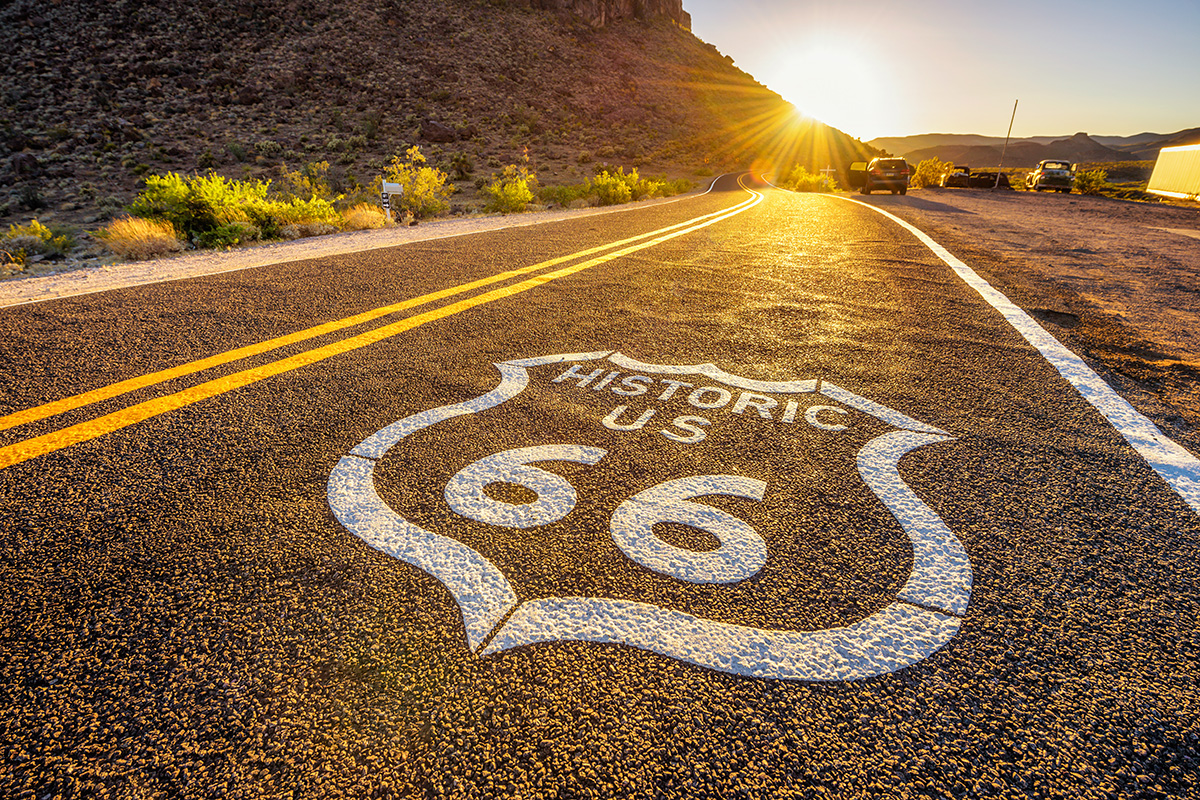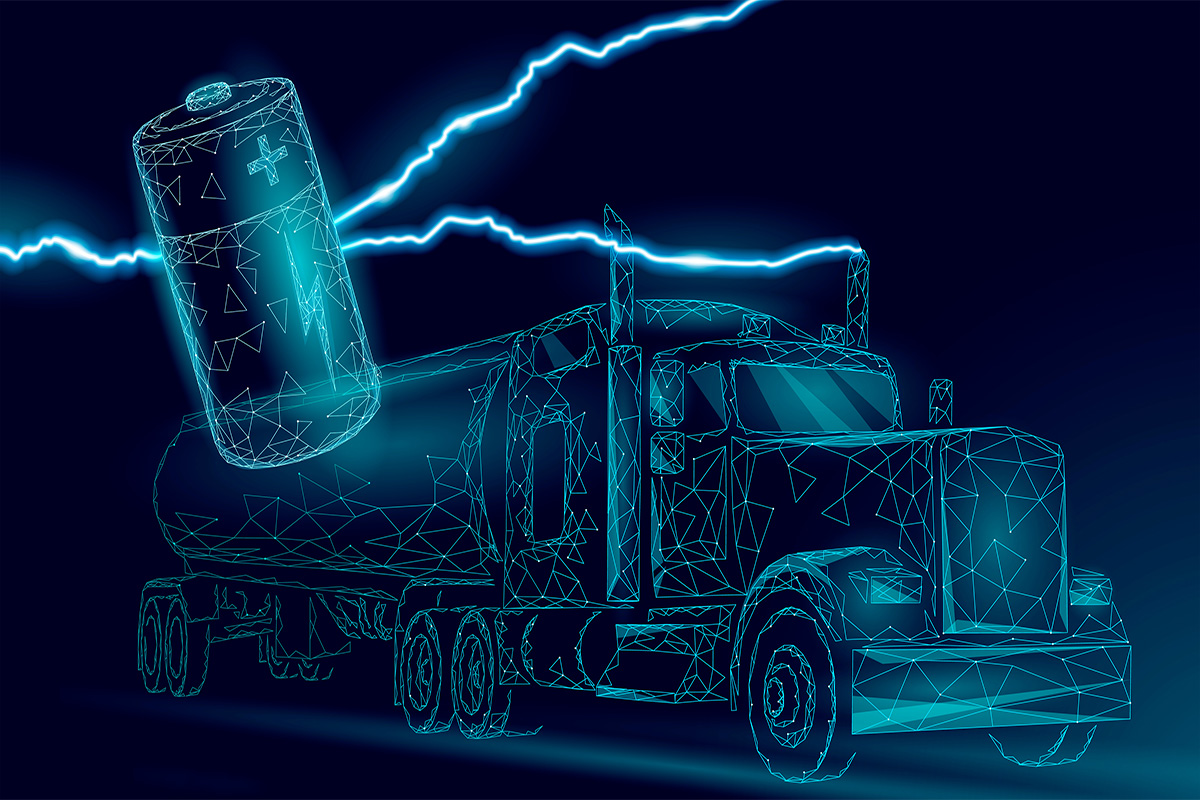January 29, 2024
Driving on Historic Route 66
Get your kicks on Route 66; this line from the song Route 66, made famous by Chuck Berry, embodies the spirit of what became one of the nation’s first and arguably favorite highways. Join us as we dive into the history of Route 66, its impact on the trucking industry, and what were some of the most popular destinations along the route.
History of Driving on Route 66
Built in 1926, when the first federal highway system was launched, Route 66 connected the East and West Coasts. The US 66 Highway Association advertised it as “the shortest, best, and most scenic route from Chicago through St. Louis to Los Angeles.”

Route 66 saw action during World War II when it was used to move troops and supplies to military points. Businesses boomed as lodging, food, fuel, and convenience stores started making themselves home along the highway, increasing jobs for many people.
It was termed the “mother road” in John Steinbeck’s 1936 novel The Grapes of Wrath, a nickname adapted and carried on by truckers and travelers alike. Families visiting from the East Coast could use Route 66 to get to the Grand Canyon, Disneyland, and all other marvels of the West Coast. As Route 66’s popularity grew, it started being featured in songs, movies, TV shows, and more.
Driving on Route 66 for Truckers
The construction of Route 66 took place right as the trucking industry started gaining headway. Construction caused traffic congestion and closures, prompting truckers to reroute their trips. But after it was finished, Route 66 passed through eight states, making delivering goods from the East Coast to the West Coast easier. Truckers enjoyed driving down the mother road, avoiding Northern routes and harsh climates.
Trucking on Route 66 encouraged technological advances in truck construction, including tire and engine designs. Efficient ways to make deliveries were also in development, producing time-saving advances like roller doors for the back of trucks.
Before the introduction of CB radios, drivers used truck stops to contact dispatchers or receive news, and many stops along Route 66 contributed to that history. Codewords and nicknames were also adopted, which helped companies avoid long-distance call charges. Names and cities were changed into code words recited to the operator, allowing them to convey their whereabouts to dispatch without accepting the long-distance call.
Though taking the road East to West was considered the dream, truckers found the trip back to the East Coast more lucrative because they could bring fruit and other West Coast marvels back to the Midwest.
Best Destinations on Historic Route 66
Route 66 was decommissioned in 1985 after the introduction of multilane interstate highways. During its heyday, however, the route saw the rise of many mom-and-pop shops, plenty of truck stops, and must-see destinations, some of which still exist today.
Many truck stops were built along the road to service truckers delivering loads to the West Coast and back. Dixie Truckers’ Home in McLean, Illinois, was a prime spot for drivers, as was the Big Chief truck stop in Big Cabin. Russell’s Travel Center in New Mexico was another popular Route 66 destination for truck drivers and roadsters.
For a bit of old Route 66 nostalgia, head to Henry’s Rabbit Ranch near Staunton, Illinois, for some history and fun. Some parts of old Route 66 can still be enjoyed, and although it’s no longer America’s favorite highway, it will remain that way in the history books.
Check out this podcast called Trucking on Route 66.
Follow our blog for more trucking news and highlights, and check out our employment opportunities and requirements if you are interested in a trucking job.
Other Recommended Readings from Our Blog:
The 5 Best Songs About Truckers and Trucking
Common Truck Driver Lingo and Jargon



